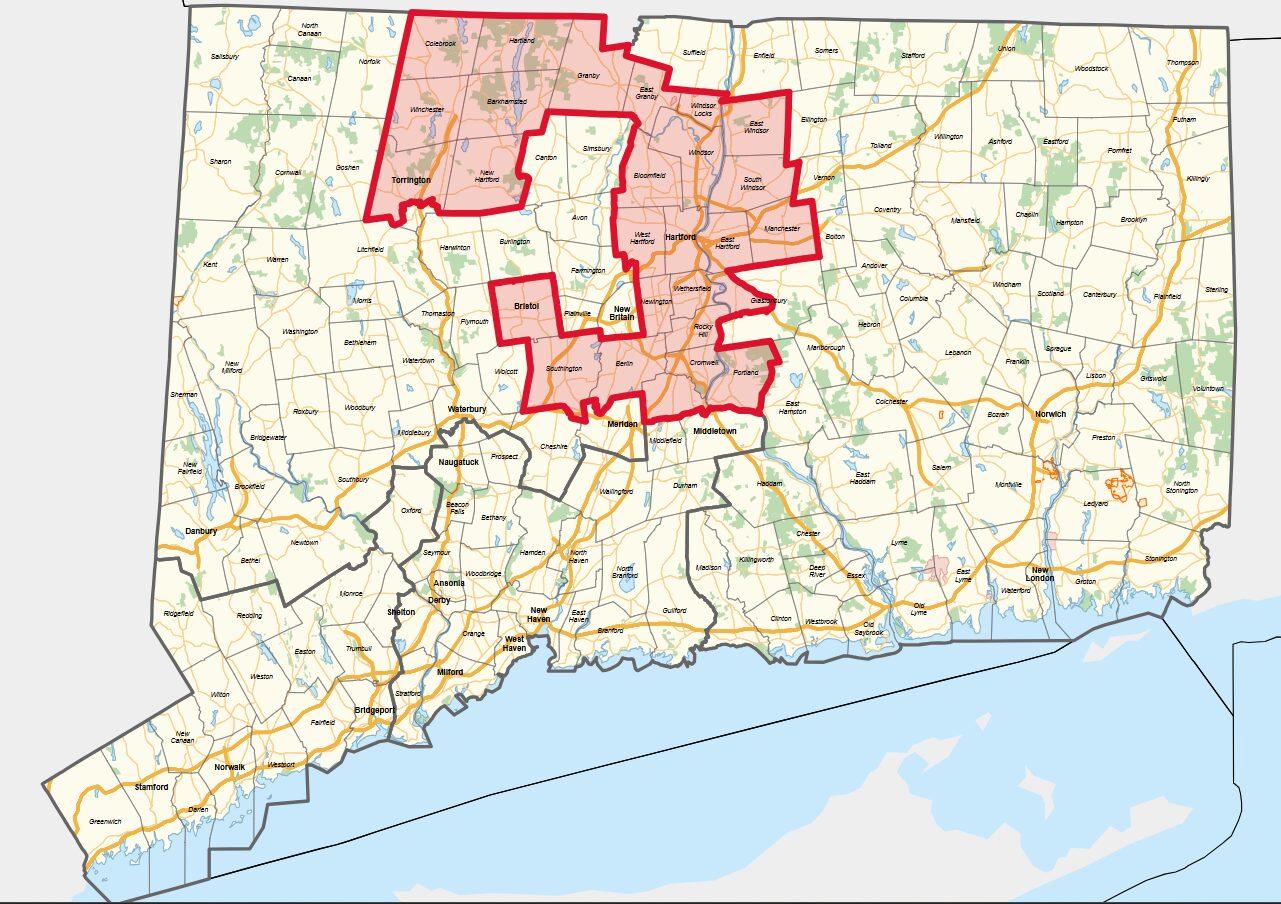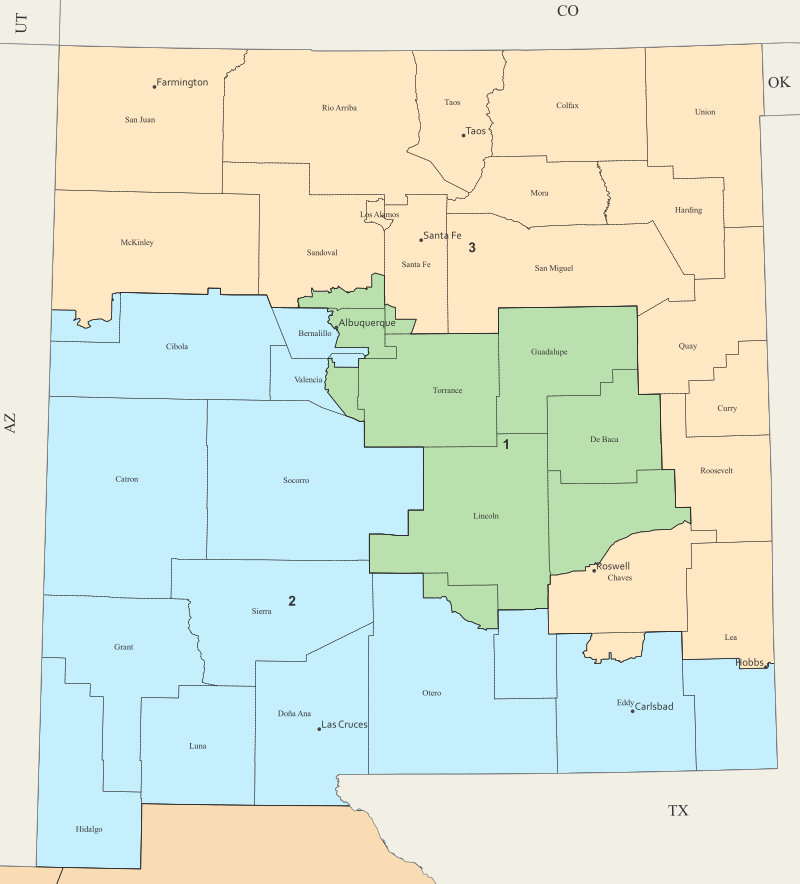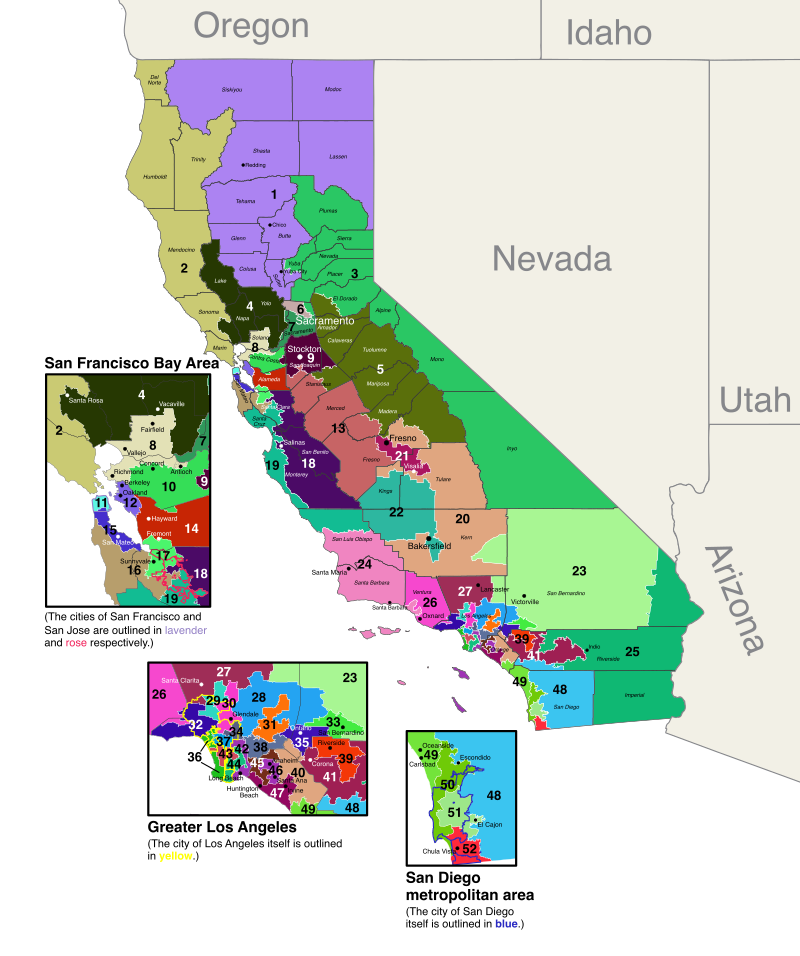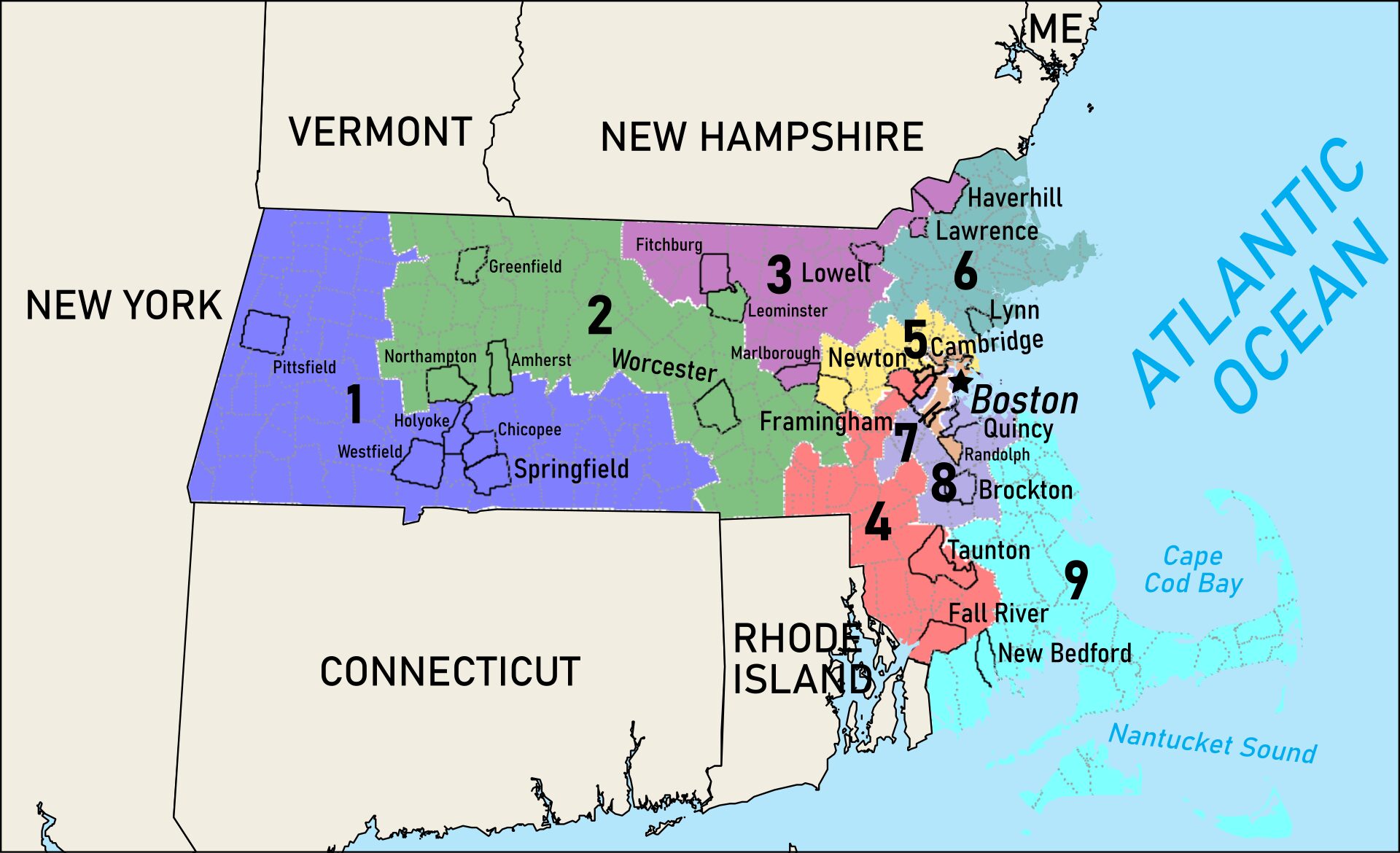Democrats are accusing the Texas Legislature of trying to “rig the midterm elections” through a proposed mid-decade redistricting plan, despite data showing that Democrat-led states routinely use aggressive gerrymandering to limit Republican representation.
Democratic governors including Gavin Newsom of California, J.B. Pritzker of Illinois, and Kathy Hochul of New York have criticized Texas Governor Greg Abbott for advancing new congressional maps that could give Republicans up to five additional U.S. House seats.
Some have gone as far as calling the plan an “insurrection” and claiming it disenfranchises Democrat voters.
Trump’s Sovereign Wealth Fund: What Could It Mean For Your Money?
Abbott’s proposal would shift Texas’ current representation — 25 Republican and 13 Democrat seats — in a state where 56 percent of voters backed Donald Trump in the 2024 presidential election.
Even if Republicans gain all five projected seats, Democrats would still hold over 21 percent of Texas’ congressional representation.
My statement in support of the principled opposition by Democrats in the Texas state legislature. pic.twitter.com/2OHL2auG07
— Hakeem Jeffries (@RepJeffries) August 4, 2025
This Could Be the Most Important Video Gun Owners Watch All Year
Republicans point out that in several blue states, minority GOP voters are far more disadvantaged.
In some states that voted for Trump by margins approaching 46 percent, Republicans hold no congressional seats due to Democrat-drawn maps.
Connecticut
Trump won just under 42 percent of the vote in 2024, but Republicans hold none of Connecticut’s five congressional seats. Democrat-drawn districts divide Republican areas and merge them with Democrat-leaning portions of Hartford, creating maps such as the 1st District, which curves around Republican counties.

New Mexico
Trump earned nearly 46 percent of the vote, but Democrats hold all three congressional seats. Republican-leaning areas in southeast New Mexico were split between districts to dilute GOP strength.

California
Despite Trump winning 38 percent of the vote, Republicans hold only nine of California’s 52 seats — about 17 percent of the delegation. Districts split GOP communities in Southern California and the Central Valley, increasing Democrat representation by about 21 percent over their share of the statewide vote.

New York
Trump carried 43 percent of the vote in 2024, but Republicans hold only seven of 26 seats. Democrats gained this advantage through mid-decade redistricting, a process they now criticize in Texas.
Illinois
Trump won 44 percent of the statewide vote, yet Republicans hold only three of 17 congressional seats. Governor Pritzker has acknowledged the unusual shapes of some districts, joking on national television that they looked like they were drawn by a kindergarten class.
Maryland
With Trump winning 34 percent of the vote, Republicans hold one of eight seats. Governor Wes Moore has suggested he could use redistricting to remove the state’s lone GOP representative in response to Texas’ plan.
New Jersey
Trump received 46 percent of the vote in 2024, but Republicans hold only three of 12 seats. Governor Phil Murphy has not ruled out retaliatory redistricting.
Oregon
Trump carried 41 percent of the vote, but Republicans hold one of six seats. Democrat mapmakers divided Portland and its suburbs into four districts, shifting Democrat voters into surrounding areas to increase their advantage.

Massachusetts
Despite Trump winning more than 36 percent of the vote, Republicans hold none of the state’s nine congressional seats. Governor Maura Healey has threatened redistricting changes in response to Texas despite all current districts being held by Democrats.
Democrat Governor Threatens to Gerrymander but Forgets THIS About Massachusetts… pic.twitter.com/WU9ZkKNiBu
— Breitbart News (@BreitbartNews) August 7, 2025

Republicans argue that these examples show Democrats benefiting from far greater partisan gerrymandering than anything proposed in Texas, while maintaining that the new maps in Texas would still leave Democrats with a larger share of representation than Republicans have in many Democrat-controlled states.





![Gavin Newsom Threatens to 'Punch These Sons of B*thces in the Mouth' [WATCH]](https://www.right2024.com/wp-content/uploads/2025/08/Gavin-Newsom-Threatens-to-Punch-These-Sons-of-Bthces-in-350x250.jpg)
![ICE Arrests Illegal Alien Influencer During Her Livestream in Los Angeles: ‘You Bet We Did’ [WATCH]](https://www.right2024.com/wp-content/uploads/2025/08/ICE-Arrests-Illegal-Alien-Influencer-During-Her-Livestream-in-Los-350x250.jpg)








